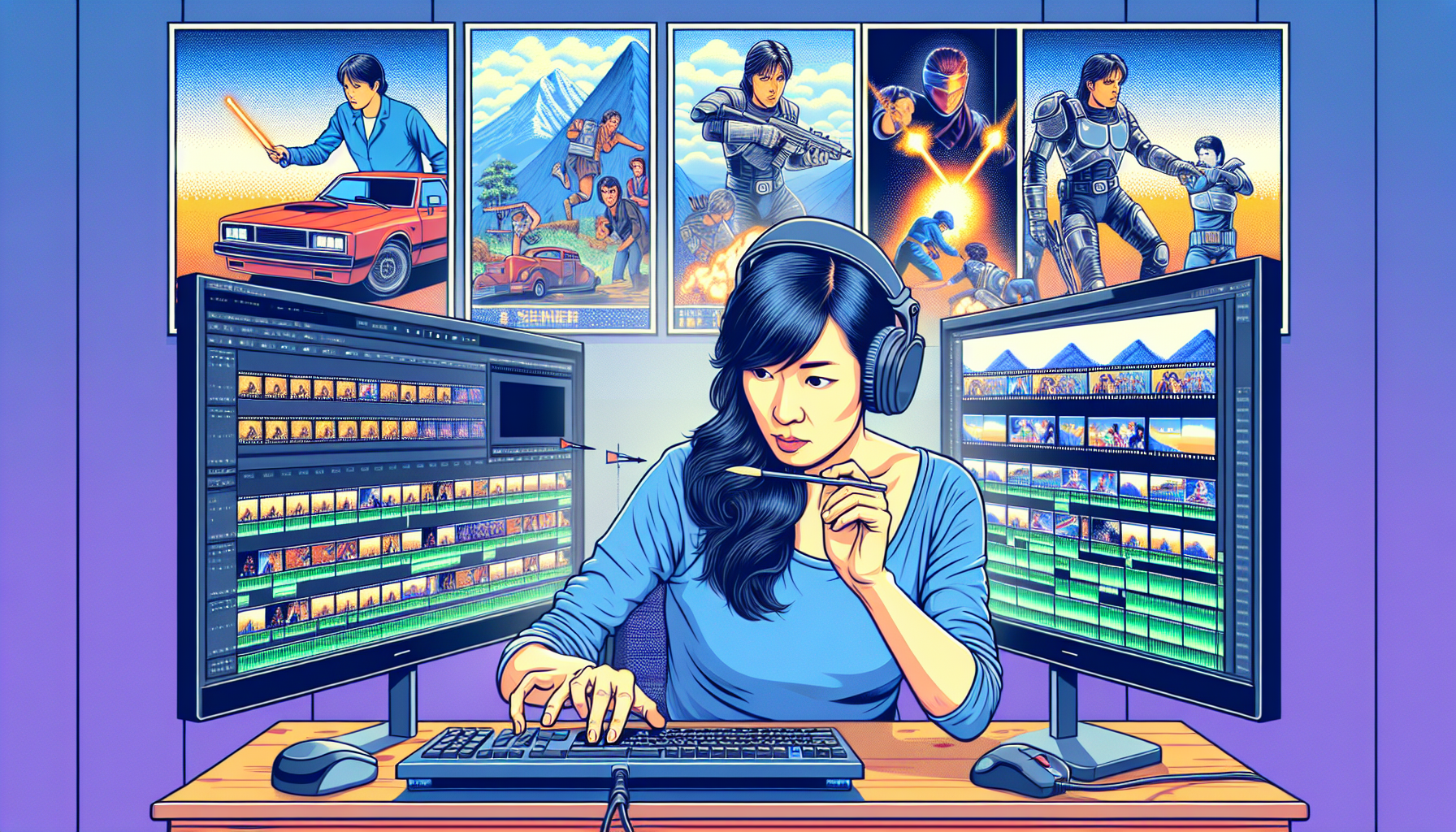
The Progression of Video Games: From Interactive Medium to Film-Like Experiences
The Emergence of Film-Like Video Games
Recently, the distinction between video games and films has become increasingly indistinct. This trend is exemplified by titles such as Death Stranding 2, which has ignited discussions surrounding the essence of gaming experiences. While the gameplay mechanics receive acclaim, the heavy reliance on cinematic cutscenes has led some to ponder whether these experiences resemble CGI films with interactive segments. This transition prompts significant inquiries regarding the future of video game design and the equilibrium between narrative and interactivity.
Hideo Kojima: A Trailblazer or a Filmmaker in Disguise?
Hideo Kojima, the creative force behind the Death Stranding franchise, has consistently championed cinematic narratives in gaming. His works frequently include Hollywood talent and directors, merging the realms of film and gaming. Although Kojima’s methodology has cultivated a loyal following, it simultaneously underscores a growing tendency to perceive video games through a cinematic perspective. This viewpoint can occasionally overshadow the distinctive mechanics and interactive characteristics that distinguish gaming as a form of art.
The Influence of Hollywood on the Gaming Sector
The intersection of video games and Hollywood is not a recent occurrence, but recent years have seen it gain traction. Companies like Sony are heavily investing in cross-media initiatives, developing television shows, anime, and film adaptations of well-known game franchises. This trend is further bolstered by the success of video game adaptations in mainstream media, such as the Emmy-nominated series and the widely acclaimed Fallout TV show. However, this move towards cinematic experiences raises worries about the possibility of sacrificing innovation in gameplay and storytelling.
Sector Challenges and Employee Reductions
The gaming sector is currently confronting considerable obstacles, including employee layoffs and studio shutdowns. Recently, Microsoft laid off thousands of staff, including those at King, the studio responsible for Candy Crush. This action was unexpected given King’s history of profitability. The layoffs expose the sector’s instability and the influence of technological advancements, like AI, on job security. As the sector navigates these difficulties, there is an increasing necessity for effective unions to safeguard workers’ rights.
The Potential for New Gaming Experiences
In spite of the challenges faced by the industry, there remains vast potential for creativity in video games. Titles such as Ken Levine’s Judas aspire to offer engaging experiences without depending on live-service models or microtransactions. These endeavors prioritize storytelling and player involvement, hinting at the future of gaming. Moreover, events like Summer Games Done Quick continue to demonstrate the positive effects of gaming communities, raising millions for charitable causes through speedrunning events.
The Subnautica 2 Dispute
The creation of Subnautica 2 has been mired in turmoil, culminating in the removal of studio executives and a postponed launch. The controversy underscores the hurdles developers encounter in achieving financial objectives and navigating corporate dynamics. As the scenario develops, it serves as a reminder of the intricacies inherent in game creation and the necessity for transparent communication between studios and their parent organizations.
Conclusion
The video game sector is at a pivotal point, balancing cinematic storytelling with the distinct interactive features that characterize gaming. As developers seek innovative ways to captivate players, it is vital to sustain a commitment to creativity and originality. The industry’s challenges, including layoffs and corporate disputes, highlight the necessity for robust support systems and a dedication to maintaining the artistry of game development.
Q&A
Q1: What is the primary criticism of Death Stranding 2?
A1: The primary criticism is its extensive reliance on cinematic cutscenes, which some argue diminishes the interactive gaming experience.
Q2: How is Hideo Kojima shaping the gaming industry?
A2: Kojima is recognized for incorporating cinematic narratives into games, engaging Hollywood actors and directors, thereby merging the domains of films and video games.
Q3: What obstacles is the gaming industry currently experiencing?
A3: The industry is facing hurdles such as layoffs, studio closures, and the effects of AI on job security.
Q4: What is the importance of the Subnautica 2 dispute?
A4: The dispute emphasizes the complexities of game development and the crucial nature of communication between studios and parent companies.
Q5: In what ways are gaming communities contributing positively?
A5: Events like Summer Games Done Quick generate millions for charity, highlighting the beneficial impact of gaming communities.